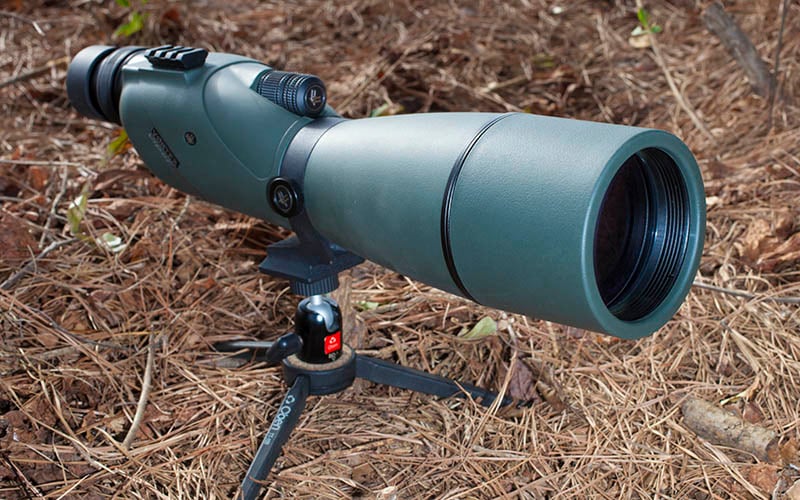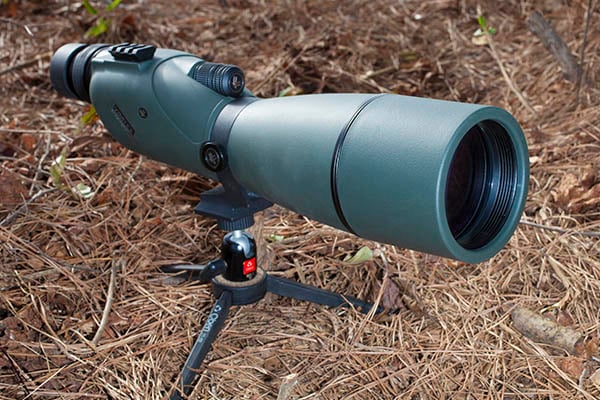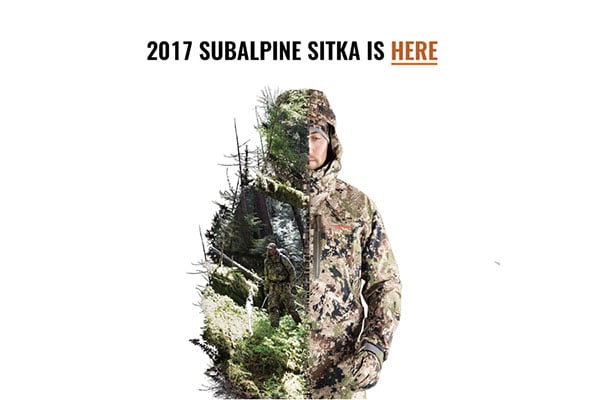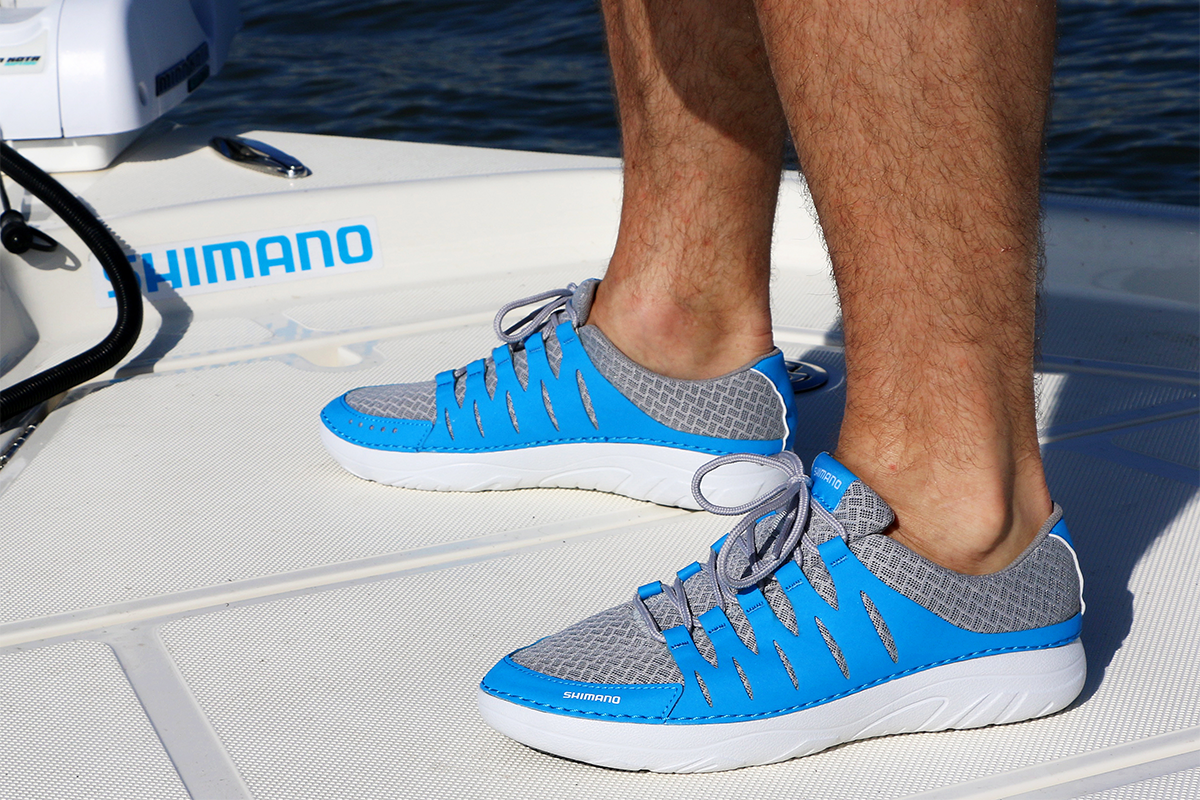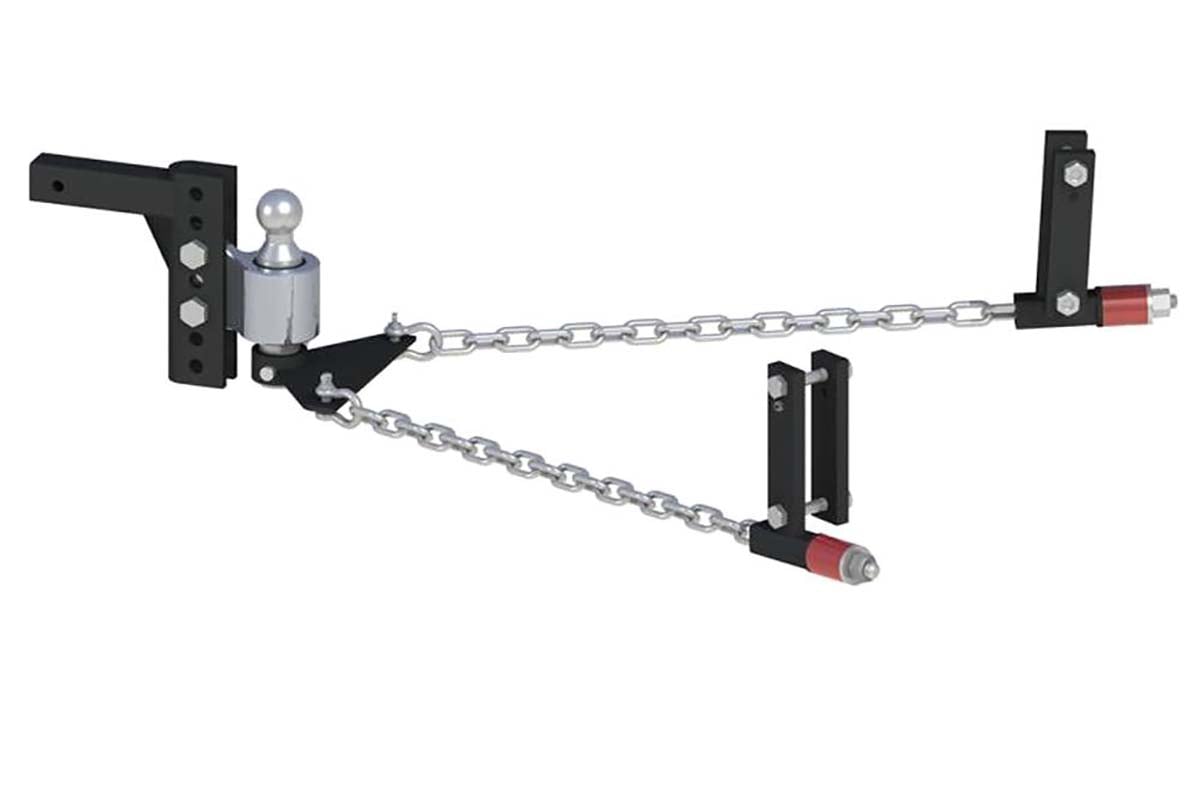Last Updated on
By Guy J. Sagi
Optics reviews usually come in two versions—so thickly coated in science and math that you get head cramps, or watered down until the only flavor detectable is writer opinion. The Vortex Viper HD 20-60×80 mm deserves something between, though, because it has the kind of features worth understanding and performance that doesn’t need much commentary.
A quality spotting scope is a good investment for outdoor enthusiasts of nearly every variety. Birders get up-close-and-personal looks at rare catches with them, big-game hunters spot their quarry to start stalks from unbelievable distances and shooters appreciate the convenience of watching point of impact change with each adjustment. Add those chance wildlife encounters we all enjoy and it’s hard to find someone who wouldn’t appreciate a solid long-distance optic at some point during most outings.
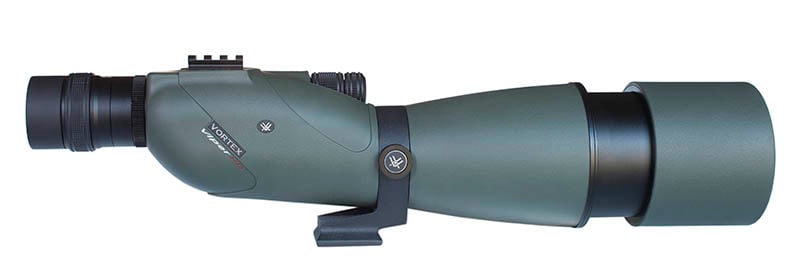
Buy a cheap one and the headaches will relegate it to doorstop duty or confine it to the trunk of your vehicle. It must perform and be rugged enough to thrive in rain, fog, snow, ice and dust. The Vortex Viper HD 20-60×80 mm shines in all the above and doesn’t require a second mortgage.
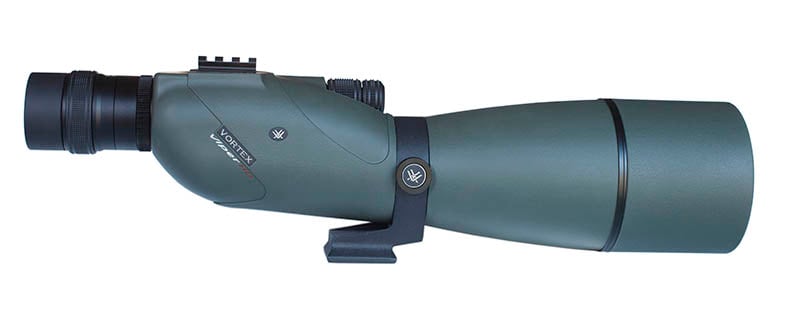
Gaseous Nobility
Despite the fact a cheerleader once inadvertently tried to light my face on fire with a Bunsen burner in high school, I still love science. Unfortunately, that pain rushes back every time I try to separate fact from fiction when it comes to the gaseous purging in today’s optics. Nitrogen, argon, potato, tomato, you know the routine.
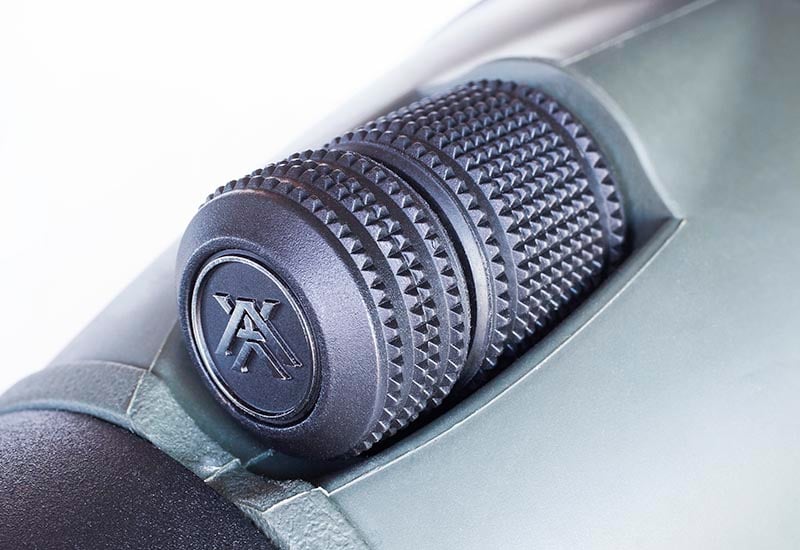
The facts are simple, as I see them through scorched eyeballs. Any object assembled and sealed can trap humidity inside, which condenses internally on the sides (including lenses) when subjected to the right conditions—sudden temperature and humidity swings. We need to see through an optic, though, so companies traditionally avoid unwippable water-droplet kaleidoscopes by purging the moisture-carrying air with nitrogen. That’s the molecule N2. With no moisture floating around inside, the problem’s solved.
The Vortex Viper HD 20-60×80 mm uses argon instead, which is so stingy about bonding to anything that it’s earned a place among the noble gases on the periodic chart of elements. Not only does that mean there’s no unwanted H20 flash mobs waiting to assemble, but (unlike nitrogen) it’s not eager to engage in any chemical reactions that can degrade the internal workings. It’s also larger in size/weight, which means it has a harder time sneaking past those airtight seals—one of the main reasons cited for new car tires coming filled with nitrogen.
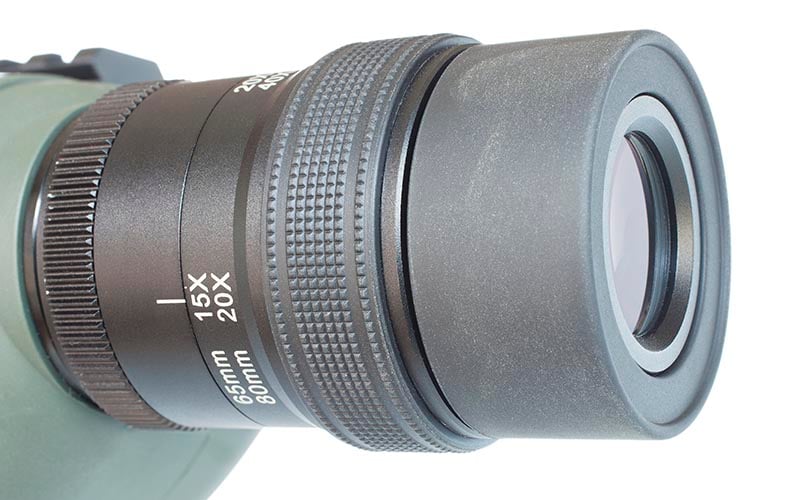
A lot of quality optics use argon today, but it’s more expensive and there’s debate whether buyers will ever reap the benefits. At my age, I may not, but my youngest grandson is really getting into hunting, loves watching whitetail with my three-decade old, hand-me-down scope and years from now when he’s glassing that once-in-a-lifetime elk with my less-leaky investment, it will pay dividends. It doesn’t add a ton to the cost, either.
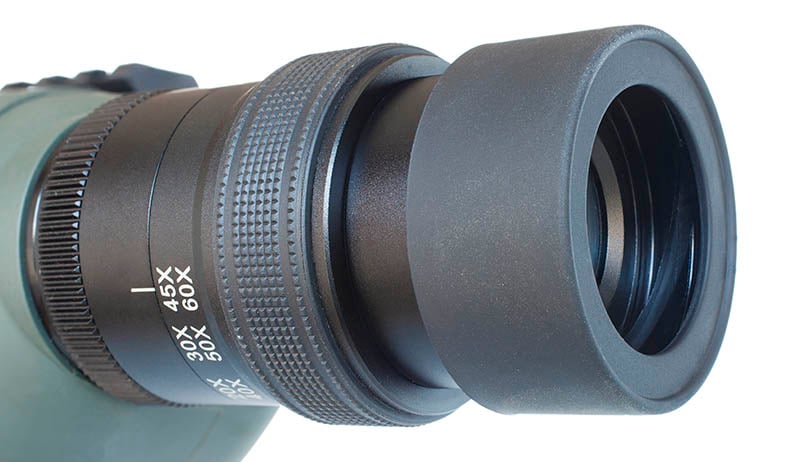
One benefit could be noticeable right out of the box, though. Nitrogen conducts heat/cold significantly faster than argon, so if you subject your optic to sudden changes in temperature/humidity and expect it to work right away, the advantages can be obvious.
Size Matters
Rather than dissecting photons and their fickle ability to act like a particle or wave, here are few easy baselines I use to maintain sanity when considering optic performance. An 80-mm objective lens collects more light than a smaller one, all things being equal. If you’re going to be glassing before dawn, after dusk, or through dark forests on overcast days, a 40-mm pair of binoculars is going to look much brighter a 20-mm set. Bigger surface area, more light.
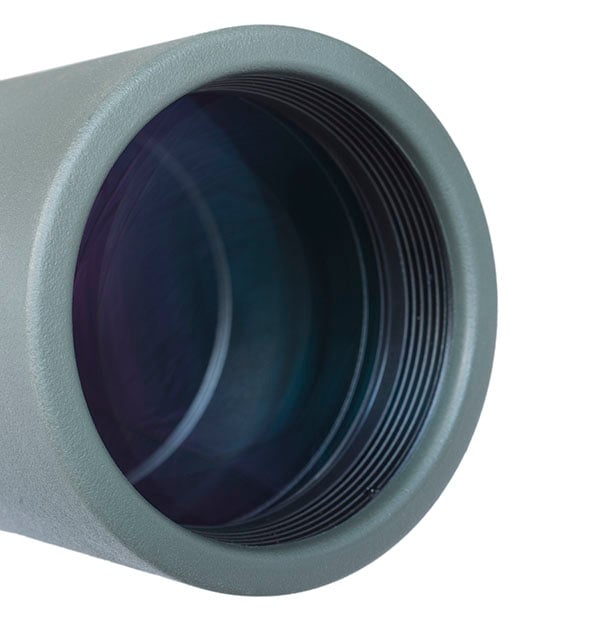
As magnification increases, that lens up front collects the same amount of light, but you’re focusing on an increasingly smaller piece of that signal—no longer taking advantage of the entire antenna, so to speak. The amount transmitted back to your eyeball through the “receiver” is, in effect, reduced as power dials up.
How much light actually reaches your eyeball is termed exit pupil (objective lens size divided by magnification) and represents the diameter of the circle of light produced at the optic’s eyepiece. The Vortex Viper HD 20-60×80 mm numbers are 4.0 to 1.3—from the lowest magnification to the highest setting.
That’s bright. In fact, for a field-totable spotting scope I found it among the best I’ve used after sunset.
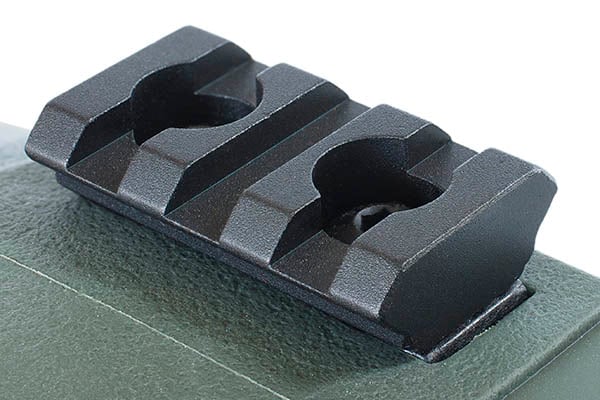
There’s a catch, though. All eyes are not equal, a fact that renders most optics reviews subjective. In total darkness, the average human pupil dilates to somewhere around 7 mm, but some have been known to go to 9. Add the fact that as you age it’s not uncommon for the figure to drop to 4 and it’s obvious why exit pupil numbers are a better baseline than writer opinion.
Voodoo Mix
Not all light that encounters a glass surface passes through. Reflections—bouncing part of the “signal” away instead of collecting it—can defeat the main advantage of a large objective lens. Then there’s the headache-inducing diffraction, color shifts, diffusion and others factors that muddy the image.
Optics companies developed coatings to minimize the effects years ago. Precisely what’s in those special formulas is a closely guarded secret, and even the number of layers applied is rarely shared.
Bear in mind, too, when light exits the glass to head toward the eyepiece, it’s bound by the same laws of physics it observed when entering. Putting the secret sauce on one side is good, but both sides is better. The Vortex comes with fully (both sides) multi-coated lenses.
Testing
The quality shows in the scope’s high-density and low-dispersion glass. Coupled with the coatings, things were crystal clear and as close to edge-to-edge bright for the entire field of view at 20-power magnification as I’ve tested in a long time. A slim ring of slightly darker surface—and I mean so small you need to look for it—encircles the outside (as it does in all scopes). I’d dismiss it as a lens hood shadow/reflection, but it grew ever so slightly with magnification. I don’t have a degree in optics, so I’ll forgo amateur conclusions and leave it at the fact it’s impressive side to side and top to bottom throughout its range.
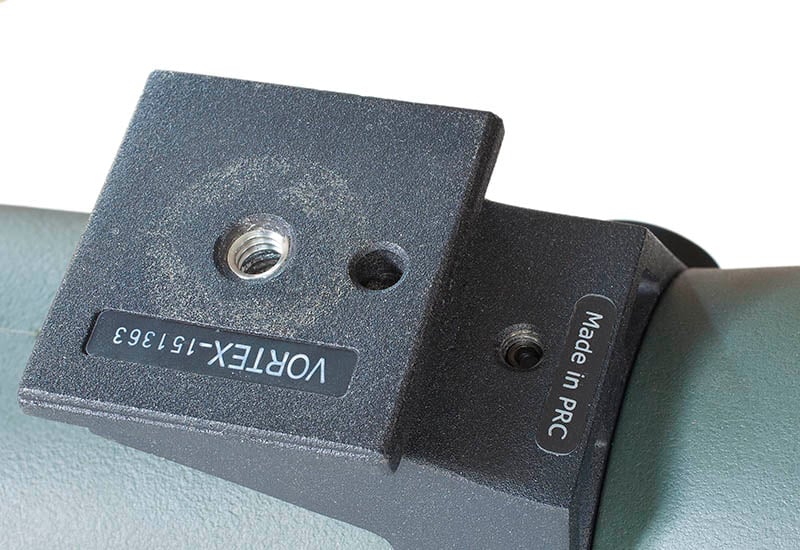
At 150 yards (bright sun, 51 degrees and 10-percent humidity) and 20x, it was nothing short of amazing. Contrast was sharp and color realistic. I could count twigs on that distant stump. Letters on a business card were legible at 40 magnification at the same distance and .22-caliber holes in targets loudly proclaimed point of impact. Light collection and resolution before dawn and after sunset was extremely good, even into heavily shaded parts of forest.
Things aren’t quite as sharp at 60X. Contrast drops slightly, letters weren’t as crisp and color lost a little saturation, despite the perceived larger size. There was some mirage during my initial testing, but a breeze later drove it off and allowed me to rule it out as the culprit.
The zoom difference isn’t unexpected, though. Even optics with prices that rival the average house down-payment still lose a little dialed to maximum. Each change in magnification requires a slight touchup in focus, which isn’t uncommon, either.
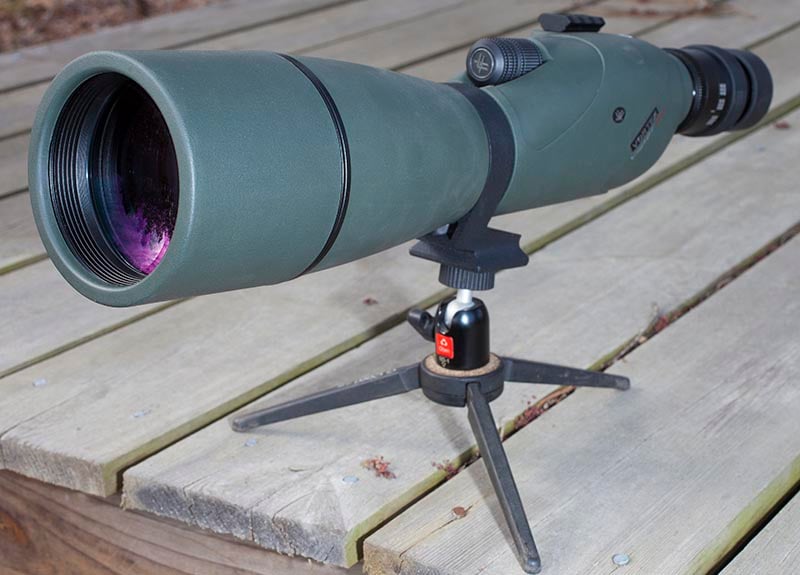
What looks like a single knob atop is really two—fast focus to the rear and fine up front. Both are textured for gloved use and in testing didn’t migrate. An adjustable rubberized eyecup allows use with glasses and magnification is adjusted at the eyepiece.
The Vortex 20-60×80 mm is threaded for a standard-sized ¼-x20 tripod mount, which can be rotated to modify viewing angle by loosening a bolt on the body’s side. At 17.5 inches in length, and a little nose heavy, a breeze can make vibration annoying at high power, so go with a sturdy anchor. It’s overall weight of 67 ounces wasn’t enough to overpower mini tripods ideal for prone work, though.
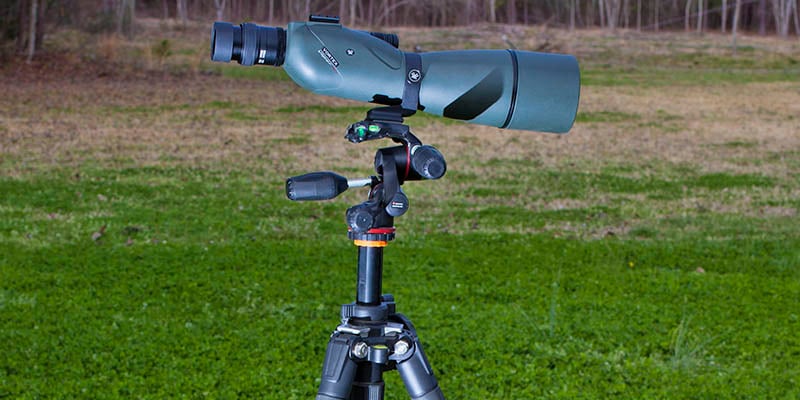
A small Picatinny rail on top allows mounting of other optics, or more importantly, laser rangefinders. Add a sunshade and watertight O-ring seals with a rubber armor coating, and its construction rivals performance. Minimum focus distance is 22 feet and field of view (at 1,000 yards) starts at 110 feet (2.1 degrees) and dials down to 50 (1) at 60X.
The fog and waterproof test results were surprising. The spotting scope spent two hours in a freezer. Then it was pulled out and subjected to ambient conditions—66 degrees and 42 percent humidity—while cameras were set up. It was hard to find any frost on the rubberized body by the time I was ready to hit the shutter, and accumulation on metal parts was minimal. External fogging was thin, very thin, and confined to the exterior. Things cleared up quickly, and I’ve seen elite optics that didn’t come close to this speed of recovery. It’s probably not the argon, in theory anyway, but it was impressive.
Overall Opinion
The ArmorTek coating that protects the spotting scope’s exterior lenses was not tested. I couldn’t bring myself to take a nail to the glass to see how tough it was, primarily because I’d already decided to buy the scope, full price. It doesn’t have the horsepower of some European glass, but it comes very close at a decent price. It’s the kind of solid, long-term investment I won’t worry as much about every time I toss it in the truck and subject it to all the nasty conditions the out of doors have to offer.
